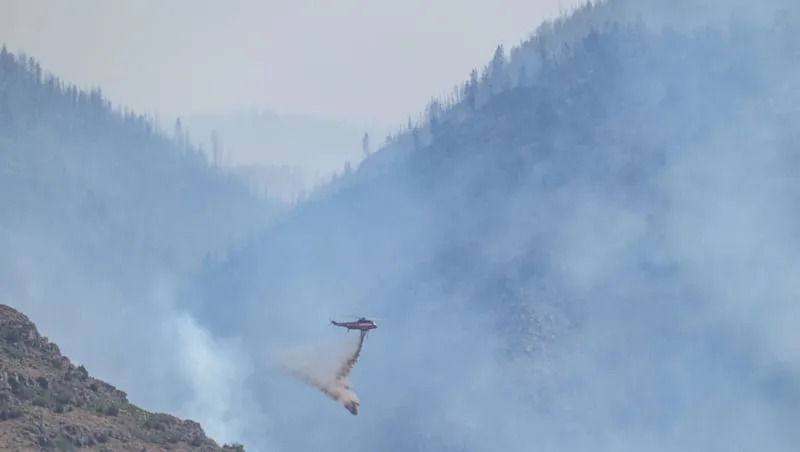
2025 has undoubtedly been a busy fire season for the Beehive State, and there’s still a lot of year left.
The first ignition came when the human-caused East Hartford Fire in Duchesne County sparked on Jan. 5.
Since May 14, the state has seen at least one ignition every single day, Jamie Barnes, director of the Division of Forestry, Fire and State Lands, told the Utah Legislature’s Natural Resources, Agriculture and Environment Interim Committee on Wednesday.
“We’ve had a total of 1,093 responses to fires, and this includes false alarms and smoke reports that we’ve responded to,” Barnes said. “As of right now, we have 801 wildfires that have been logged in the system over all jurisdictions.”
Luckily, Barnes said the response to these fires has been great, with 93% of all fires being caught at 10 acres or less.
On the other hand, she revealed that 564 of the fires — more than 70% — have been human-caused, a big uptick. That number was between 47% to 58% in previous years.
So far, 161,223 acres have burned. And 6,758 of those acres sit on state land that Utah will be responsible for.
“Acres burned today on human starts, unfortunately, is at 101,000 acres, which is probably, I’m not sure, but maybe an all-time high,” Barnes said.
The state’s largest fire so far this year is the Monroe Canyon Fire, which has burned 73,000 acres. But Barnes said that fire is now 84% contained and that crews are starting to get a handle on it.
Coming in behind the Monroe Canyon Fire is the France Canyon Fire, at 34,000 acres; the Deer Creek Fire, at 17,000 acres; the Forsyth Fire, at 15,000 acres; and the Beulah Fire, at 4,900 acres.
As for how much fighting these fires will cost the state, Barnes said the estimated total, which she emphasized is just an estimate at this point, is about $29 million.
“We’re moving into what we might look at being the all-time high for what the state has seen on costs of wildfire,” Barnes said.
Some of these fires, Barnes said, fall under the scope of the Fire Management Assistance Grant Program. The program is available to states, as well as local and tribal governments, for the mitigation, management and control of fires on publicly or privately owned forests or grasslands that “threaten such destruction as would constitute a major disaster,” according to the Federal Emergency Management Agency website.
“The estimated cost on those grants is around $26 million; and after that (program) is settled, we estimated the cost will be about $9 million for those wildfires,” Barnes said.
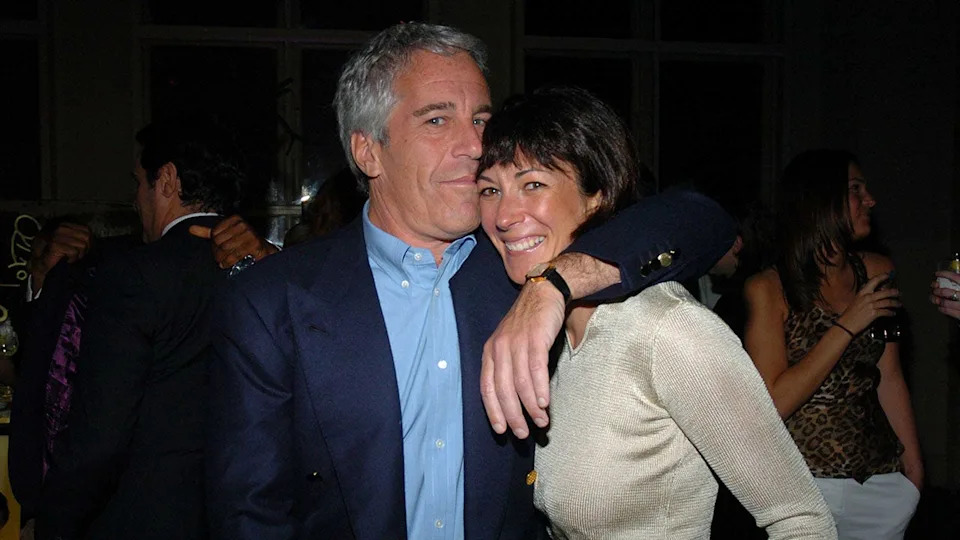
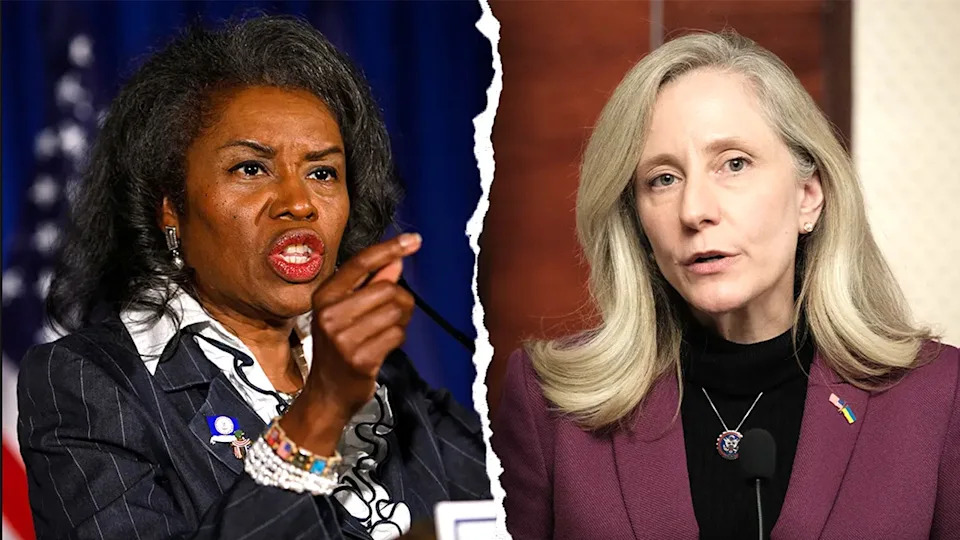
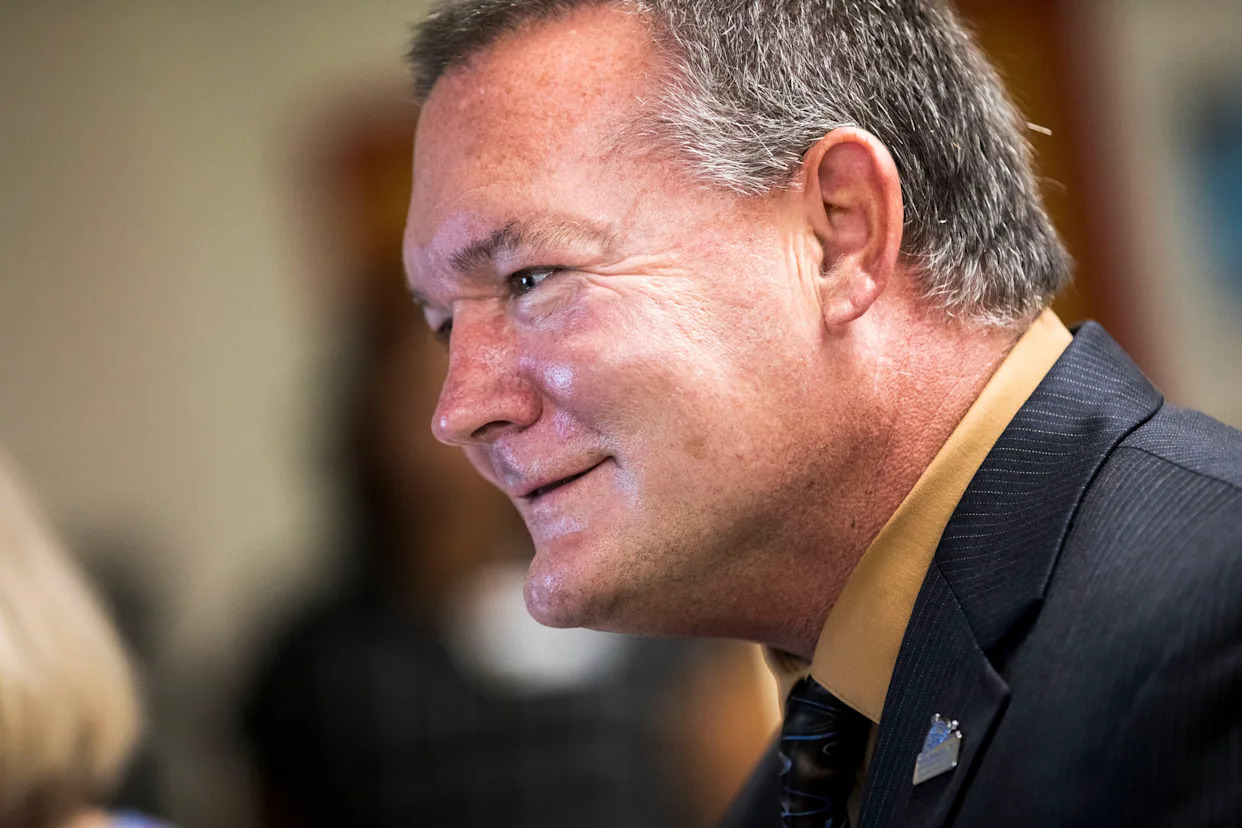

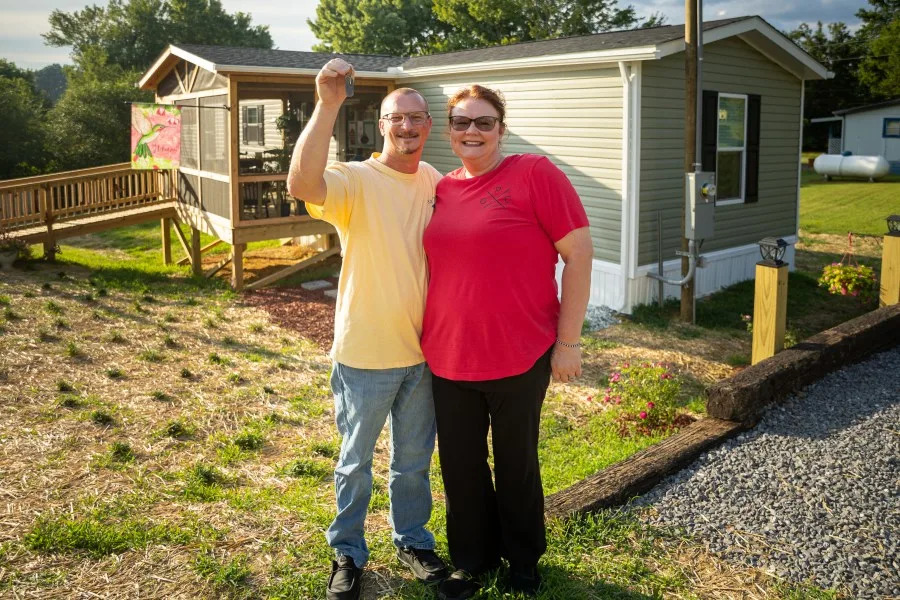


Comments